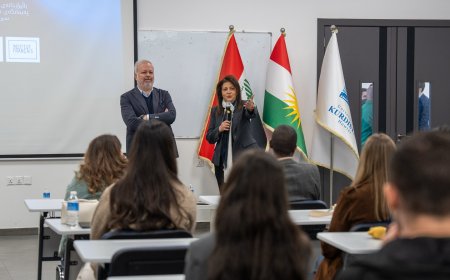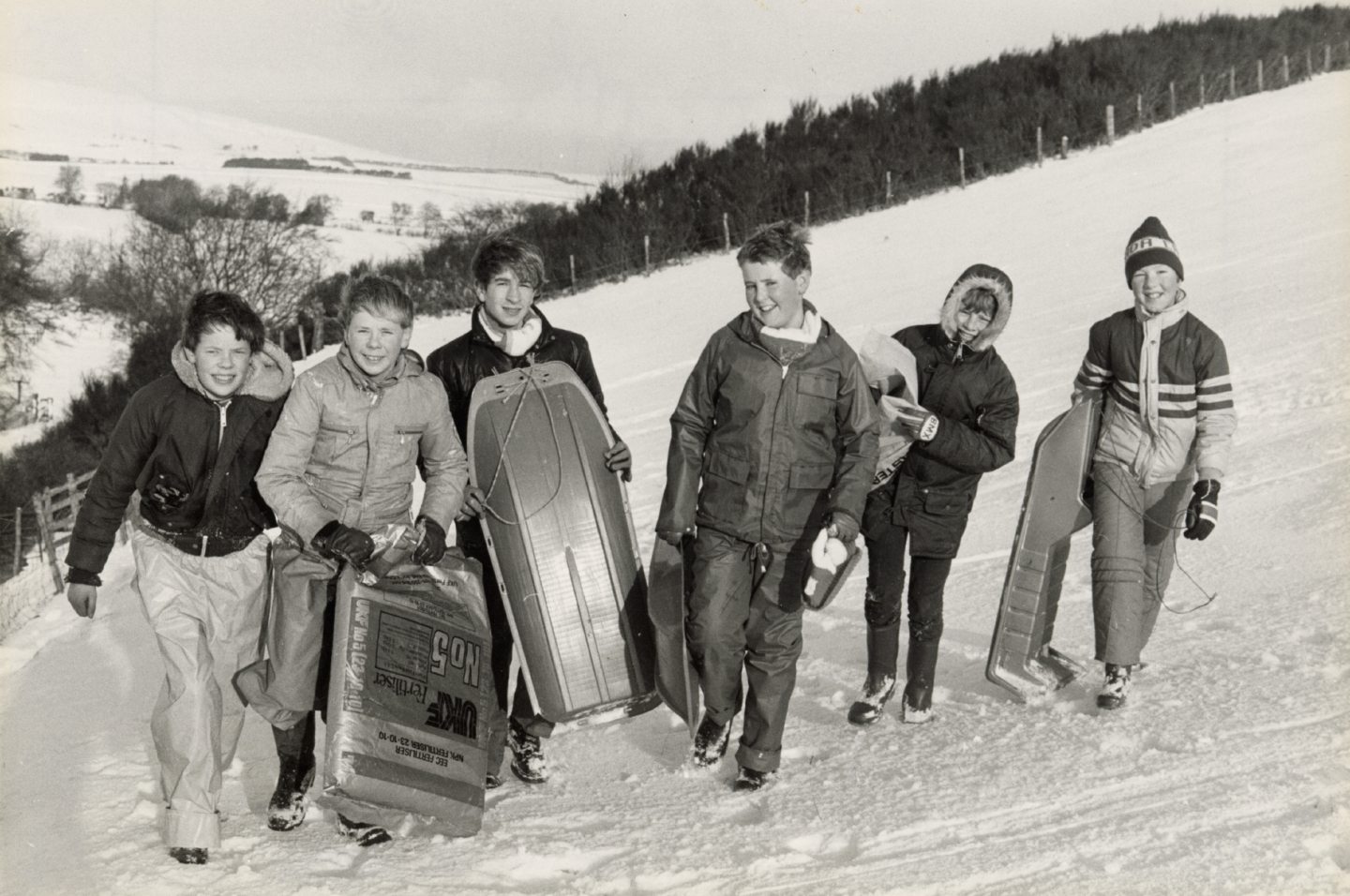Museum Tanahsahi: Ipoh’s hidden butterfly museum sparks revival in a forgotten Perak town
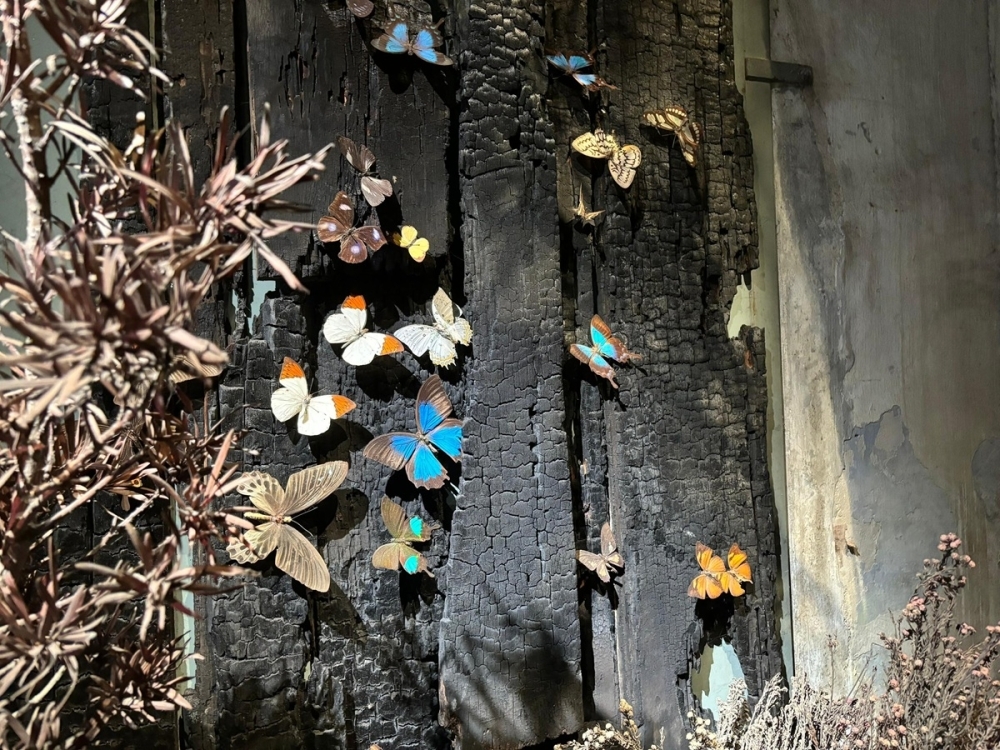
IPOH, Nov 2 — A little-known butterfly museum, tucked away in Kampung Kepayang near Simpang Pulai, about 13 kilometres from Ipoh, is quietly reviving what was once a forgotten ghost town.
Kampung Kepayang — a town that connects Ipoh and Gopeng — lost its vibrancy after the collapse of the tin mining industry.
Over time, its narrow road and worsening traffic pushed businesses to leave. Today, only two shop lots remain occupied, while the rest of the pre-war buildings stand in disrepair.
But amid the decaying shophouses lies a spark of hope: Museum Tanahsahi, a private butterfly and insect museum located at the back row of the old buildings.

A trip to the museum might not seem convincing at first, even with Google Maps guiding the way.
The weathered facades and the quiet, almost forgotten atmosphere of the area may cast doubt in visitors’ minds.
Yet, behind the aged walls lies a hidden gem that makes the journey entirely worthwhile.
The museum owner, Steve Tan, 45, said it is not uncommon for visitors to wonder if they’ve taken a wrong turn.
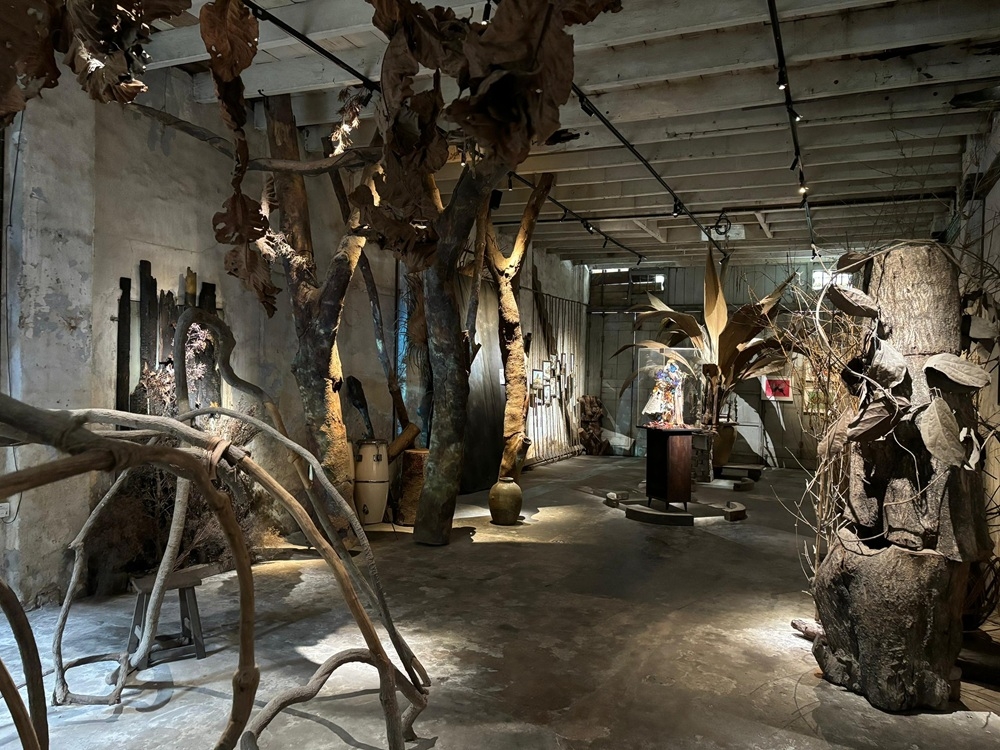
“Honestly, the first impression people get is uncertainty. They often ask if this is really the place,” he told Malay Mail.
He admits the museum’s setting can feel a little eerie at first, but assures that any hesitation quickly fades once visitors step inside, especially upon entering the main gallery, where fascination replaces doubt.
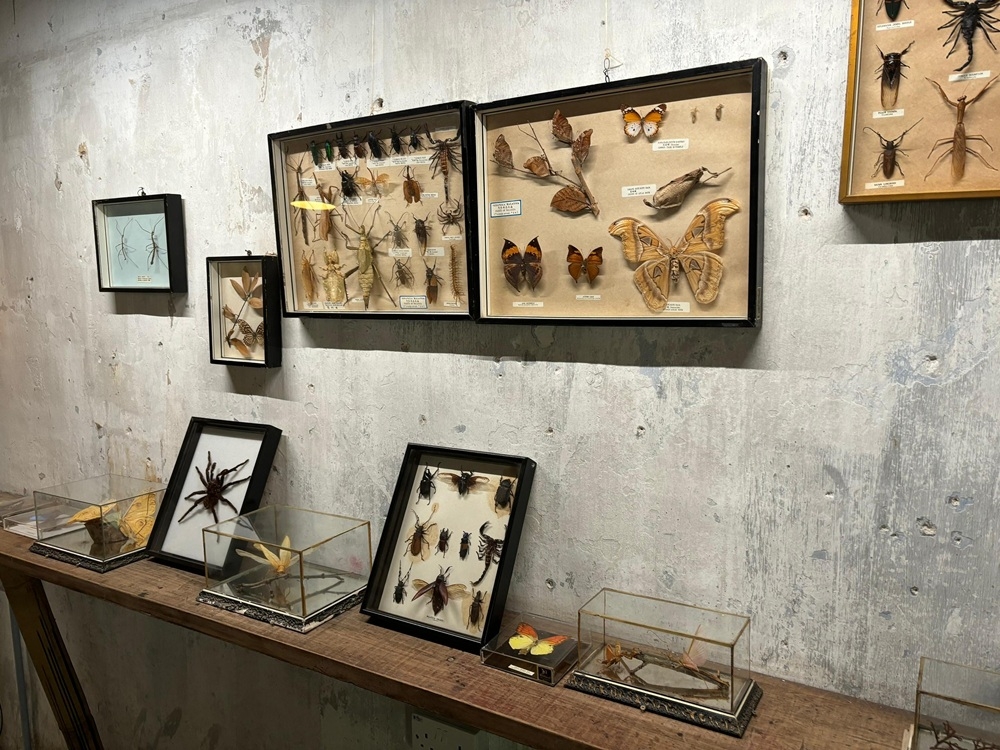
A legacy of nature and family
Tan said Kampung Kepayang used to serve as a rest stop for miners and traders travelling between Ipoh and Gopeng.
“Back in the day, there were three coffee shops and four convenience stores here — even a Muslim-owned shop for halal products.
“It was a lively spot where people would stop for coffee before continuing their journey,” he said.
When the tin industry collapsed, the town’s prosperity faded.
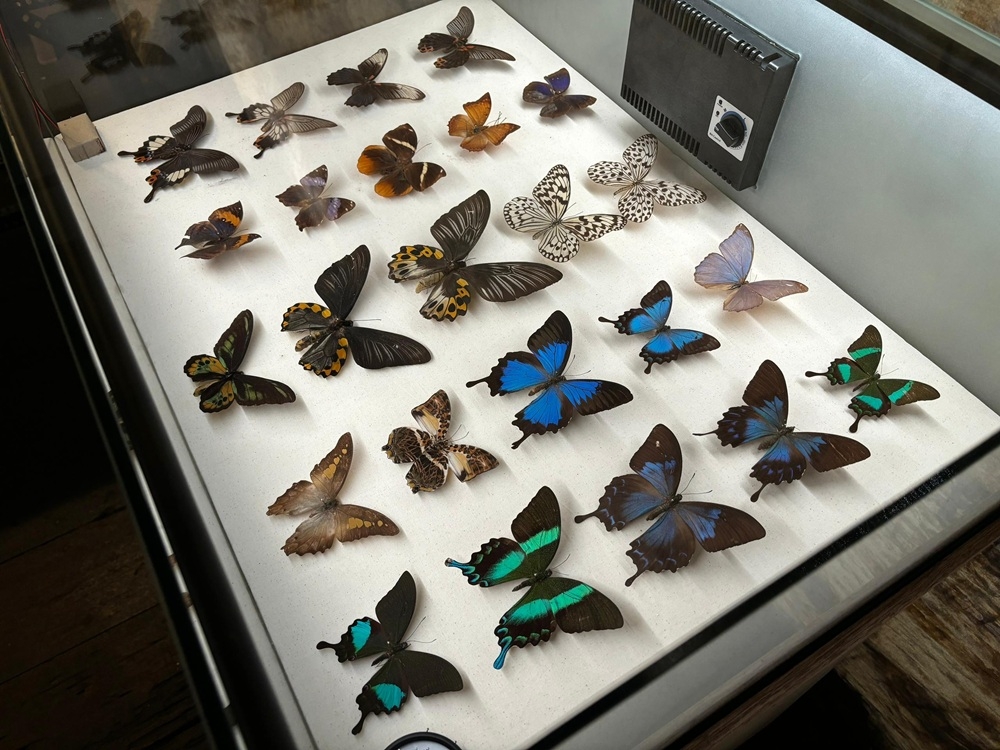
In the 1980s and 1990s, one of the buildings even housed a small factory that produced butterfly souvenirs — framed insects, keychains, and decorative ashtrays — for the tourism market.
That factory was run by his late father, Tan Ah Sah, who was deeply involved in insect collecting and preservation.
However, Tan said that his father decided to shut down the factory in 2000 due to environmental concerns.
“He realised that continuing would affect nature, so he closed the factory completely, even locking up all the specimens,” he said.

For more than two decades, the building was left untouched.
“In 2018, I began restoring it. I spent four years cleaning and repairing everything, especially during the pandemic when I had more time,” Tan recalled.
“At first, I only wanted to preserve the colonial building. But later, I thought why not bring it back to life as a museum?,” he said.
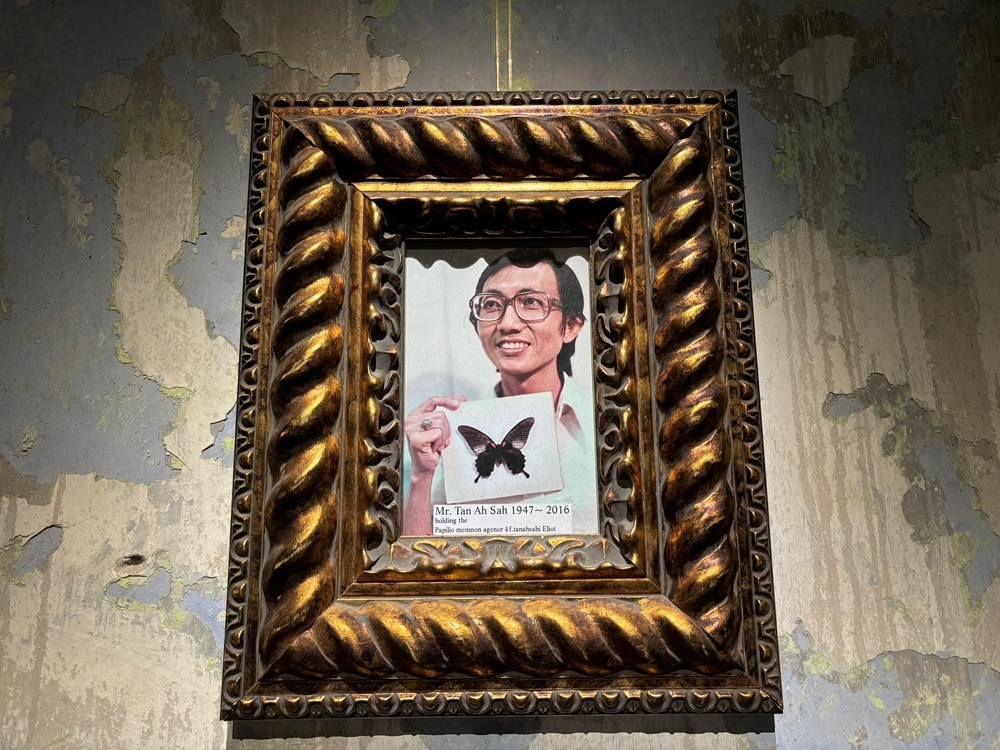
The story behind the museum name
The museum’s name, Tanahsahi, carries a remarkable story, one that connects the Tan family to international science.
“In February, 1975, my father discovered a butterfly species on Gopeng Hill, about 800 feet above sea level.

“He had no internet back then, so he referred to books — what we called the ‘insect bible’. However, he could not find what species was the butterfly or anything pertaining to it.
“So later in 1980, he wrote to the entomology department at the University of Liverpool inquiring about the butterfly and sent the preserved specimen to the museum,” he explained.
Five years later, the British Museum confirmed that it was indeed a new subspecies, the female Papilio memnon agenor.
The same year the museum officially named the butterfly Tanahsahi, blending Tan’s surname with his Chinese name, Ah Sah.
Today, documents and photographs of the discovery, including official confirmation from the British Museum, are proudly displayed in the main gallery.
A hidden gem of 30,000 specimens
The Museum Tanahsahi officially opened in June 2023, showcasing an extraordinary collection of more than 30,000 preserved butterflies and insects representing around 1,200 species from across the world.
Visitors can explore meticulously arranged displays of butterflies, beetles, moths and other fascinating insects in a space that blends art and natural science.
“Most entomological museums can feel a bit dry. So I tried to mix art with science to create a presentation that feels alive, creative, and inspiring,” said Tan.
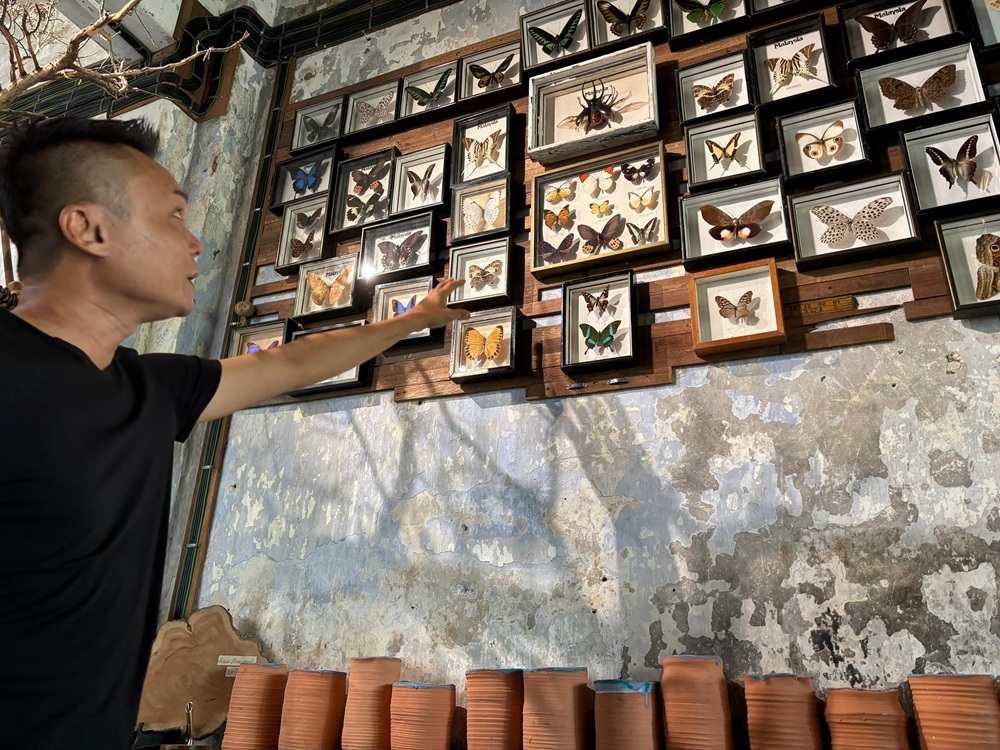
Preservation and challenges
Keeping thousands of delicate specimens intact in Malaysia’s humid climate is no small feat.
Tan explained that light, humidity and temperature are the three main challenges in preserving insects.
“As long as we control these factors, especially the UV exposure, the specimens can last for more than 100 years,”
“Every few months, we also apply preservation chemicals to prevent damage,” he said.
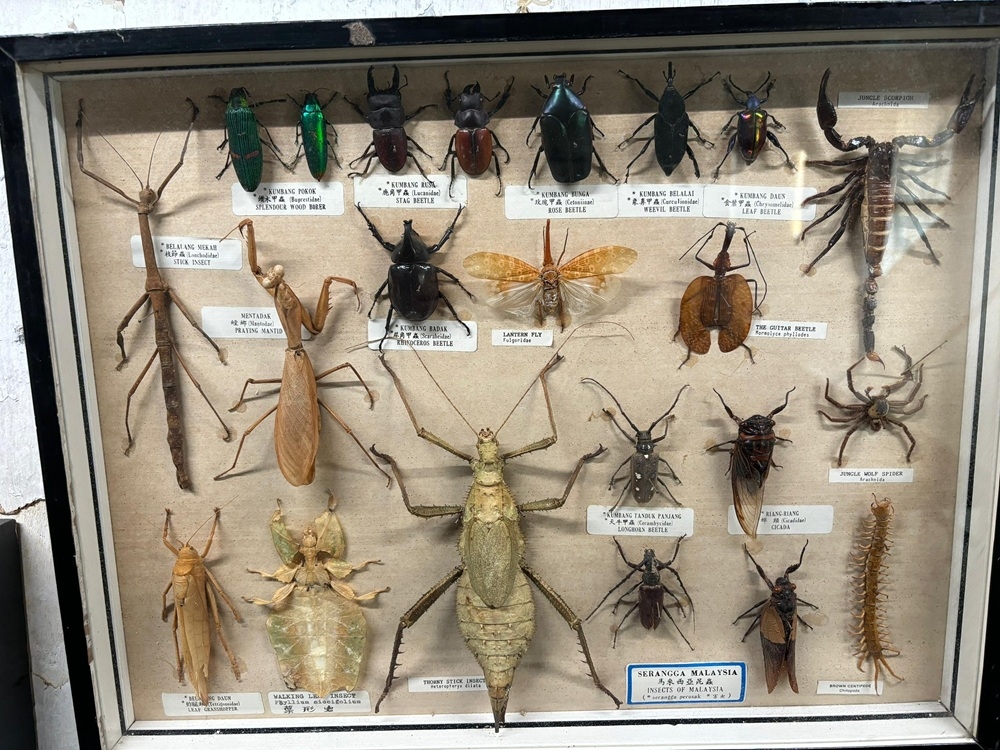
Tan admitted that the biggest challenges are money and manpower as it takes a lot of time, effort and funds to maintain everything.
“So far, the museum operates privately without government support. I hope one day we can collaborate with the state or other institutions.
“We welcome anyone who can help, especially entomologists, because every specimen needs proper identification. Without a name, the collection is incomplete,” he said.
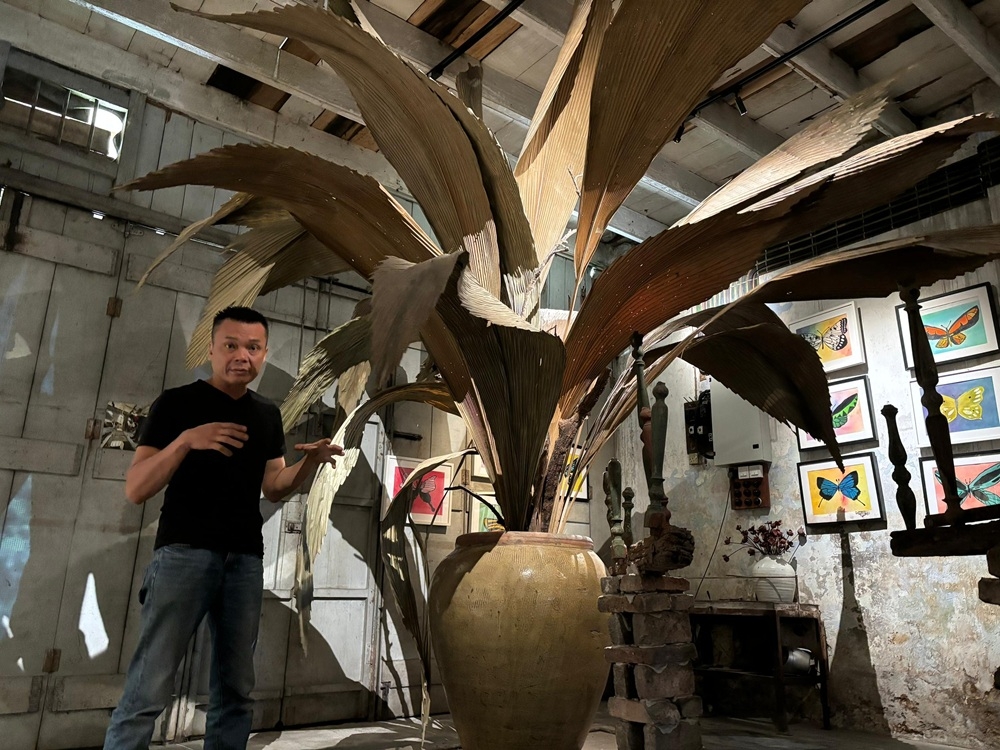
Reviving a forgotten town
Tan hopes that his museum will not only attract visitors but also breathe new life into the silent town.
“This used to be a connecting town between Gopeng and Ipoh. Now only my museum and a small barber shop are active in this row.
“Through the museum, I hope people will visit again, rediscover the charm of this place, and maybe bring life back to these old buildings,” he said.
Visitors, both local and international, have already begun trickling in from across Malaysia, Italy, the United States, and beyond.
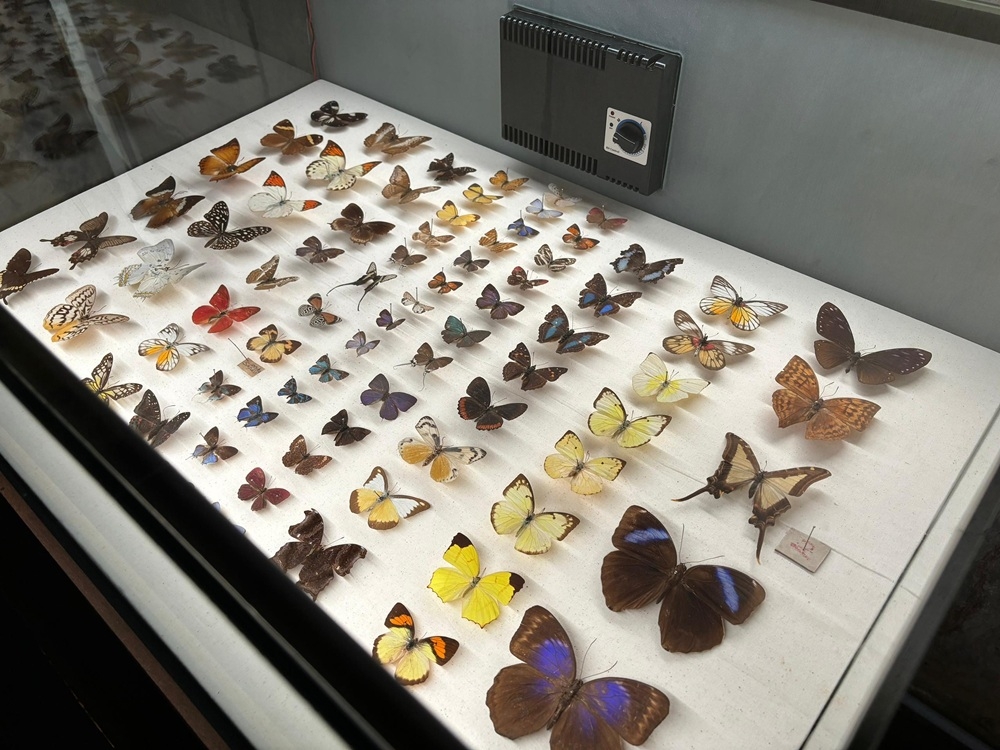
“People who love art, science, or nature will find something special here. Even families who come just for curiosity often leave with a new appreciation for insects,” he said.
For now, the Museum Tanahsahi is open from Wednesday to Sunday, 10.30am to 3.30pm with Mondays and Tuesdays closed.
Visits are encouraged by appointment, which can be made through its website, Facebook or Instagram.
Entrance fees are RM15 for adults and RM8 for children under 12.
[Source: Malay Mail]





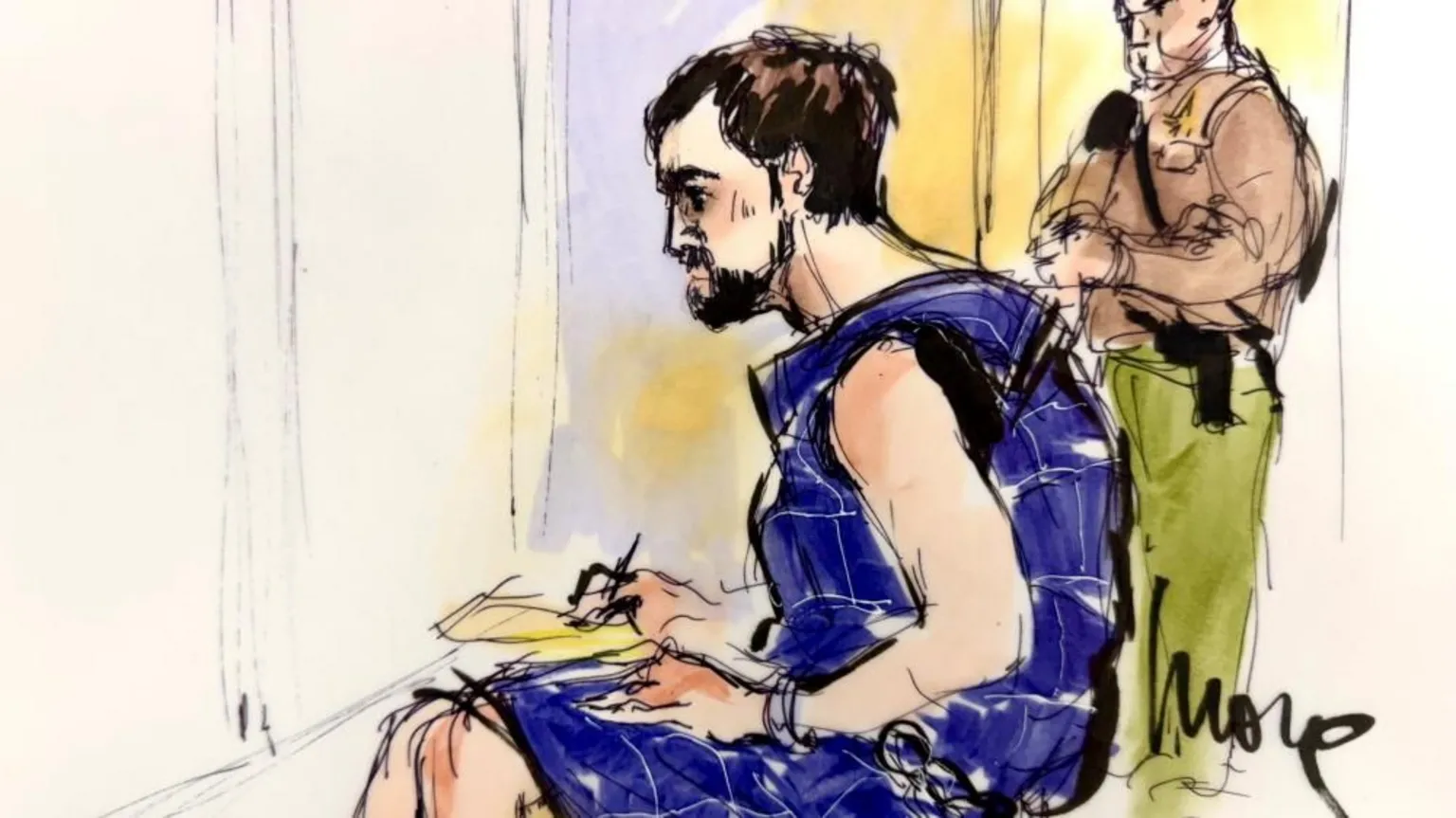



/file/attachments/orphans/rebecca-hague-mothers_864112.jpg)



/file/attachments/2985/Anattendeeshakeshandswitharoboticarm_TomohiroOhsumi_GettyImages_572093.jpg)



